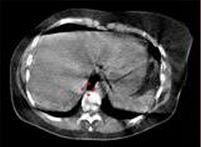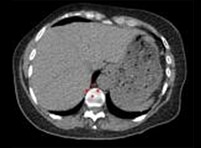



Clarity Magazine
THE MOLECULAR IMAGING AND COMPUTED TOMOGRAPHY MAGAZINE
Clarity is back. We intend to publish Clarity semi-annually to offer you the latest information on both Molecular Imaging and CT innovations at GE Healthcare, all designed to help you achieve the best possible outcomes.
Click here to sign up for your complimentary subscription so you don’t miss a single edition of Clarity.
Related
Bangalore 560067,
Karnataka, India
CIN: U33111KA1990PTC01606










